Multispectral Image Analysis Using the Object-Oriented Paradigm
Introduction Background Objects and Human Interpretation Process Object-Oriented Paradigm Organization of the Book Multispectral Remote Sensing Spatial Resolution Spectral Resolution Radiometric Resolution Temporal Resolution Multispectral Image Analysis Why an Object-Oriented Approach? Object Properties Advantages of Object-Oriented Approach Creating Objects Image Segmentation Techniques Creating and Classifying Objects at Multiple Scales Object Classification Creating Multiple Levels Creating Class Hierarchy and Classifying Objects Final Classification Using Object Relationships between Levels Object-Based Image Analysis Image Analysis Techniques Supervised Classification Using Multispectral Information Exploring the Spatial Dimension Using Contextual Information Taking Advantage of Morphology Parameters Taking Advantage of Texture Adding Temporal Dimension Advanced Object Image Analysis Techniques to Control Image Segmentation within eCognition Techniques to Control Image Segmentation within eCognition Multi-Scale Approach for Image Analysis Objects vs. Spatial Resolution Exploring the Parent-Child Object Relationships Using Semantic Relationships Taking Advantage of Ancillary Data Accuracy Assessment Sample Selection Sampling Techniques Ground Truth Collection Accuracy Assessment Measures References Index
{{comment.content}}
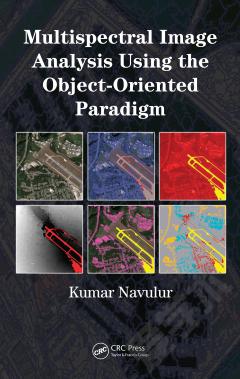
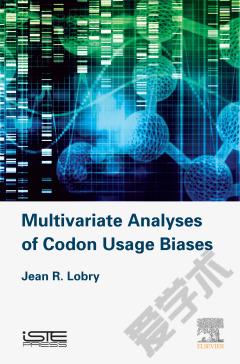
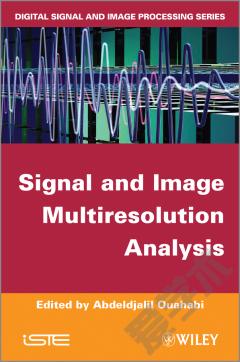
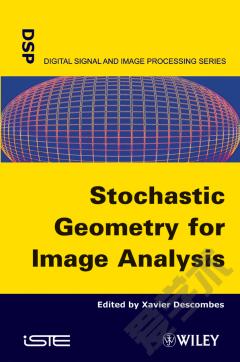

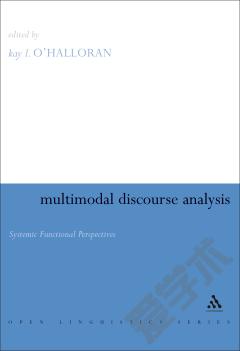


 京公网安备 11010802027623号
京公网安备 11010802027623号